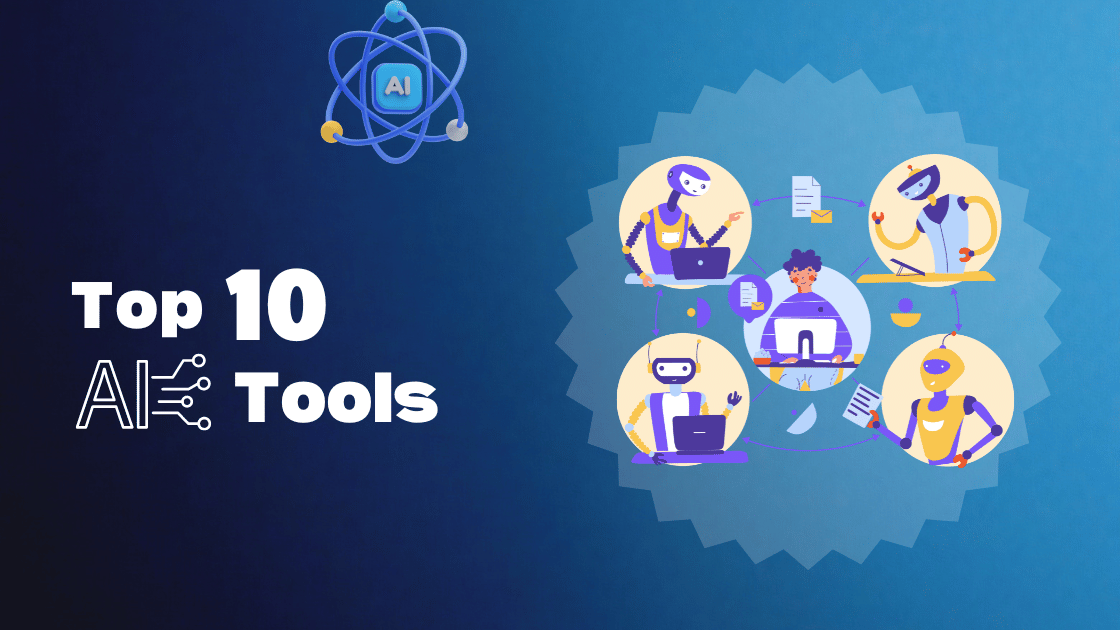Introduction
In today’s digital landscape, ranking on the first page of Google is crucial for any website looking to increase visibility and drive traffic. The challenge, however, is achieving this rank quickly and efficiently. Enter ChatGPT, an advanced AI tool that can assist in optimizing content to rank #1 on Google in just one hour. In this blog post, we delve into an experiment where we used ChatGPT to create content that not only ranks but holds the top spot on Google. This step-by-step guide will walk you through the entire process, highlighting key strategies, tools, and insights gained along the way.

The Experiment: Can AI Content Rank #1 on Google?
There’s a common misconception that Google dislikes AI-generated content. While Google does have strict guidelines against spammy content, it does not inherently reject AI-created material. In fact, when used correctly, AI can enhance content quality and relevance. Our goal was to test whether ChatGPT could help us achieve the top rank on Google for selected keywords within one hour.
Step 1: Finding the Right Keywords
To begin, we needed to identify keywords with featured snippets. Featured snippets are brief excerpts of text that appear at the top of Google’s search results, providing quick answers to users’ queries. These snippets are a prime target for our experiment because they offer significant visibility.
Using Ahrefs’ Webmaster Tools, we filtered our search to find featured snippet opportunities. Within minutes, we had a list of over 7,000 potential keywords.
Criteria for Keyword Selection
- Relevance: The keyword must be relevant to our blog content.
- Authority: The page holding the snippet should have similar or higher authority than our website.
- Recency: Our pages should not have recently held the featured snippet for the keyword.
After a careful selection process, we chose 10 keywords to target.
Step 2: Crafting Content with ChatGPT
With our keywords in hand, it was time to create optimized content. For this, we used ChatGPT to generate definitions and content improvements aimed at winning the featured snippet.
Example: Optimizing for “Marketing Funnel”
- Identify Current Snippet: The snippet was currently held by Hotjar.
- Generate AI Content: We fed the existing snippet into ChatGPT and asked it to improve the definition based on a set of criteria tailored for featured snippets.
The initial output from ChatGPT was overly detailed, akin to a full blog post. This underscored the importance of setting clear expectations and roles for the AI.
Step 3: Setting Context with System Roles
To align ChatGPT with our goals, we defined system roles and expectations. This included outlining the types of featured snippets (e.g., definition, list) and criteria for an effective snippet. By providing this context, ChatGPT could produce more targeted and concise responses.
Criteria for an Effective Definition Snippet
- Clarity
- Conciseness
- Relevance
- Simplicity
- Informative value
- Readability
- Engagement
Step 4: Fine-Tuning and Implementing Changes
Using the refined criteria, we worked with ChatGPT to optimize our definitions. For each keyword, we:
- Shortened and simplified the AI-generated content.
- Added complementary images.
- Ensured the language was clear and accessible.
Step 5: Publishing and Monitoring
We published the optimized content and submitted the URLs to Google Search Console for indexing. The initial results were promising, with our pages quickly gaining visibility.
Results: Achieving and Holding the Top Spot
Within a day, we saw our first success. Our page ranked #1 for the keyword “SEO vs SEM”. This success was a result of the optimized content created with ChatGPT.
Ongoing Adjustments
However, the journey didn’t end there. We observed fluctuations in rankings and identified additional factors that could influence Google’s evaluation:
- Update Dates: Ensuring that the content’s updated date was current seemed to positively impact rankings.
- Consistency: Regularly updating content to maintain relevance and accuracy.
Conclusion
Our experiment demonstrated that AI content, when used strategically, can significantly enhance SEO efforts and achieve top rankings on Google. By focusing on clarity, relevance, and user experience, ChatGPT proved to be a valuable tool in our SEO arsenal.
Key Takeaways
- Relevance is Key: Ensure that your content matches user intent and query relevance.
- Use AI Wisely: Set clear roles and expectations for AI-generated content.
- Monitor and Adjust: Regularly update and fine-tune your content to maintain rankings.
- Focus on Quality: Google favors content that is clear, concise, and provides value to users.
Additional Resources
For more insights on digital marketing and SEO, check out these resources:
- 10 ChatGPT Hacks That Will Blow Your Mind!
- I Tried to Rank #1 on Google in 24 Hours to Prove a Point
- These ChatGPT Hacks Make Digital Marketing WAY Faster
- Will AI Tools Kill SEO?
Summary Table
| Step | Action | Outcome |
|---|---|---|
| 1 | Find Keywords | 10 Keywords Selected |
| 2 | Generate Content | Improved Definitions with ChatGPT |
| 3 | Set Context | Aligned AI with SEO Goals |
| 4 | Fine-Tune | Optimized for Snippet Criteria |
| 5 | Publish | Achieved Top Rankings |
Final Thoughts
Leveraging AI for SEO is not about replacing human effort but enhancing it. By integrating AI tools like ChatGPT into your content strategy, you can achieve remarkable results and stay ahead in the competitive digital landscape. Remember, the key lies in using AI to improve clarity and user experience, ensuring that your content remains valuable and relevant.
Happy optimizing!





